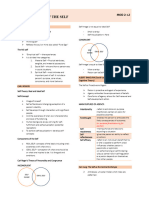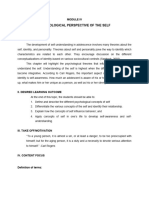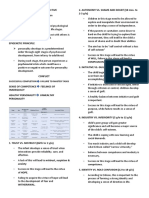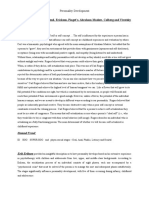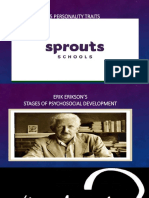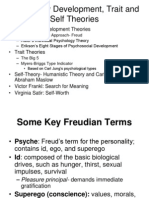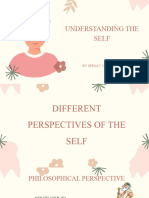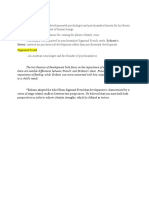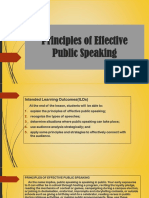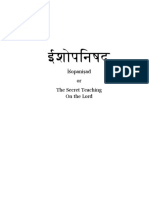0% found this document useful (0 votes)
101 views5 pagesMidterm Uts
The document discusses several psychological perspectives on the self, including:
1) Bandura's view of human agency as involving intentionality, forethought, self-reactiveness, and self-reflectiveness.
2) Carl Jung's view of the self as the central archetype, with personal and collective unconscious influences.
3) Freud's construction of the self from the id, ego, and superego.
4) Erik Erikson's eight stages of psychosocial development from infancy to late adulthood, involving achieving virtues like trust, autonomy, and integrity by resolving psychosocial crises.
Uploaded by
Julienne MillomedaCopyright
© © All Rights Reserved
We take content rights seriously. If you suspect this is your content, claim it here.
Available Formats
Download as DOCX, PDF, TXT or read online on Scribd
0% found this document useful (0 votes)
101 views5 pagesMidterm Uts
The document discusses several psychological perspectives on the self, including:
1) Bandura's view of human agency as involving intentionality, forethought, self-reactiveness, and self-reflectiveness.
2) Carl Jung's view of the self as the central archetype, with personal and collective unconscious influences.
3) Freud's construction of the self from the id, ego, and superego.
4) Erik Erikson's eight stages of psychosocial development from infancy to late adulthood, involving achieving virtues like trust, autonomy, and integrity by resolving psychosocial crises.
Uploaded by
Julienne MillomedaCopyright
© © All Rights Reserved
We take content rights seriously. If you suspect this is your content, claim it here.
Available Formats
Download as DOCX, PDF, TXT or read online on Scribd
/ 5










